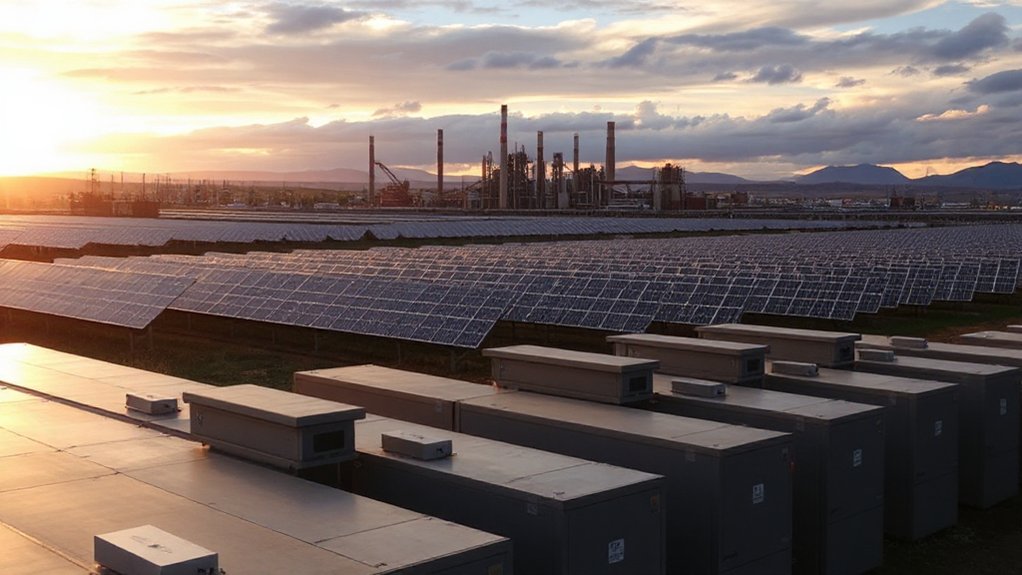Hundreds of megawatts of battery power are changing how Portland keeps its lights on. The city has just deployed 475 megawatts (MW) of new utility-scale battery energy storage systems in 2025. This massive project adds over 1.9 gigawatt-hours of power storage capacity to the Portland metro area, making it a regional leader in grid-scale battery deployment.
The system consists of three main facilities placed at key substations in North Portland, Troutdale, and Hillsboro. These four-hour lithium-ion batteries can power approximately 300,000 homes for four hours during emergencies or times of peak demand. This means when severe weather hits or unexpected grid problems occur, thousands of Portland families won’t be left in the dark.
These batteries do more than just prevent blackouts. They improve grid flexibility by balancing electricity supply and demand in real-time. When power use suddenly spikes, these batteries can quickly respond. The strategic placement of these systems helps PGE meet its commitment to reduce emissions significantly by 2030 and achieve 100% clean energy by 2040. They also help integrate renewable energy sources like wind and solar by storing excess energy when it’s produced and releasing it when needed. This initiative stands in stark contrast to the earlier US policy withdrawal from clean energy commitments that left developing nations more dependent on fossil fuels.
Grid-scale batteries act as energy shock absorbers, ensuring smooth power delivery even when renewables fluctuate or demand surges.
Portland General Electric (PGE) developed these facilities through its 2021 All-Source RFP. The project includes the 200 MW Seaside facility, plus Sundial and Constable sites. With the addition of the 17 MW Coffee Creek Battery Storage system near Wilsonville, PGE’s total battery storage capacity reached 492 MW by 2025. The Seaside facility in North Portland achieved commercial operation in July after being developed by Eolian, L.P.
Consumers benefit too. The batteries limit price volatility by reducing reliance on expensive spot-market energy during shortages. This helps stabilize energy costs despite fluctuations in generation and demand. The system also avoids costly new grid upgrades by making better use of existing infrastructure.
The battery network supports Portland’s environmental goals by enabling wider use of renewable energy. It reduces greenhouse gas emissions by decreasing the need for fossil fuel backup generation. As Portland grows, these batteries will play a key role in maintaining a reliable, clean energy system for years to come.
References
- https://www.prnewswire.com/news-releases/pge-energizes-475-mw-of-battery-energy-storage-to-boost-grid-reliability-and-keep-costs-low-for-oregonians-302524303.html
- https://www.marketscreener.com/news/portland-general-electric-announces-the-completion-of-three-new-utility-scale-battery-energy-storage-ce7c5edfdf89f226
- https://www.renewableenergymagazine.com/storage/oregon-s-pge-energizes-475-mw-of-20250808
- https://electricenergyonline.com/article/energy/category/energy-storage/84/1153532/b-pge-energizes-475-mw-of-battery-energy-storage-to-boost-grid-reliability-and-keep-costs-low-for-oregonians.html
- https://www.ainvest.com/news/portland-general-electric-completes-475-mw-battery-storage-systems-2508/








